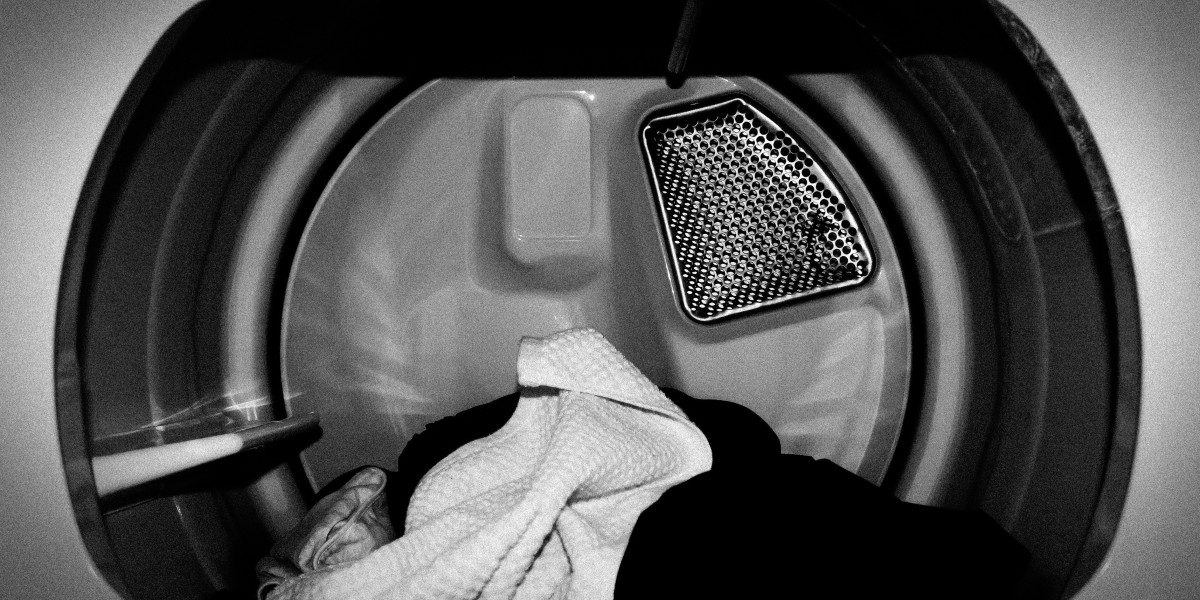A washing machine is an essential household appliance that simplifies our lives by handling the tedious task of cleaning clothes. To ensure it serves you efficiently for years, regular maintenance is crucial. A well-maintained washing machine not only performs better but also saves money on repairs and replacements. Here are some essential maintenance tips to help extend your washing machine’s lifespan.
1. Read the Manufacturer’s Manual
The first step to proper maintenance is understanding your washing machine. Every model is different, and the manufacturer’s manual provides specific guidelines on usage, cleaning, and troubleshooting. Familiarizing yourself with these instructions ensures you’re using the machine as intended and helps you avoid common mistakes that could lead to premature wear and tear.
2. Avoid Overloading the Machine
Overloading your washing machine is one of the quickest ways to shorten its lifespan. Excess weight puts strain on the motor, drum, and bearings, leading to potential mechanical failures. Stick to the recommended load size specified in the manual. If you regularly deal with large loads, consider dividing them into smaller batches to reduce stress on the machine.
3. Clean the Machine Regularly
A dirty washing machine cannot clean clothes effectively. Over time, detergent residue, fabric softener, and lint can build up inside the drum, hoses, and filters. Here’s how to keep it clean:
- Run a Cleaning Cycle: Use a washing machine cleaner or a mixture of white vinegar and baking soda to run an empty hot water cycle monthly. This removes grime and eliminates odors.
- Clean the Filters: Regularly check and clean the lint filters to ensure proper water drainage.
- Wipe the Drum and Gasket: After each use, wipe the drum and door gasket to prevent mold and mildew buildup.
4. Use the Right Detergent
Always use detergent designed for your specific type of washing machine—whether it’s a high-efficiency (HE) or standard model. Using too much detergent can cause excessive suds, leading to residue buildup and potential damage to internal components. Measure the detergent carefully and follow the manufacturer’s recommendations for best results.
5. Inspect Hoses Regularly
Hoses are vital components of your washing machine, responsible for water intake and drainage. Over time, hoses can become worn, cracked, or clogged. Inspect them every few months for signs of wear and replace them as needed. Consider using high-quality stainless steel braided hoses, which are more durable than rubber ones.
6. Balance the Machine
An unbalanced washing machine can cause excessive vibrations, leading to wear and damage. Ensure your machine is level and stable by adjusting the feet or placing it on a firm surface. If you notice unusual vibrations or noise during the spin cycle, check for unevenly distributed loads or an improperly leveled machine.
7. Avoid Leaving Wet Clothes Inside
Leaving wet clothes in the washing machine for extended periods can lead to unpleasant odors and mold growth. Always remove clothes promptly after the cycle ends and leave the door open for a while to allow air circulation and drying.
8. Use the Machine Correctly
Understanding and following the proper washing cycles for different fabrics and load types can significantly impact your machine’s performance. Avoid using the highest settings unnecessarily, as this can strain the motor and other components. When in doubt, refer to the manufacturer’s guidelines or consult reliable washing machine reviews to learn about your model’s features and best practices.
9. Address Issues Promptly
Ignoring small issues can lead to more significant problems down the line. If you notice unusual noises, leaks, or performance issues, address them immediately. In some cases, you may need to call a professional technician to diagnose and fix the problem. Regularly reviewing your washing machine’s performance through online washing machine reviews can also help you identify potential concerns and solutions.
10. Maintain the Exterior
The exterior of your washing machine also requires attention. Wipe it down regularly to remove dust and stains, especially around the control panel and buttons. Avoid placing heavy objects on top of the machine, as this can cause dents or damage to the lid.
11. Energy-Saving Practices
Using your washing machine efficiently not only extends its lifespan but also reduces energy consumption. Wash full loads rather than partial ones and use cold water settings whenever possible to conserve energy. These practices minimize wear and tear on internal components while reducing your utility bills.
12. Schedule Professional Maintenance
While regular upkeep can prevent many issues, scheduling professional maintenance at least once a year can help identify and address hidden problems. A technician can check the internal components, clean hard-to-reach areas, and ensure your machine is in optimal condition.
Final Thoughts
Taking care of your washing machine is an investment in its longevity and efficiency. Simple maintenance practices, such as cleaning, balancing, and using the right detergent, can prevent costly repairs and replacements. By following these tips and consulting washing machine reviews for additional insights, you can ensure your appliance remains a reliable companion in your household for years to come.



